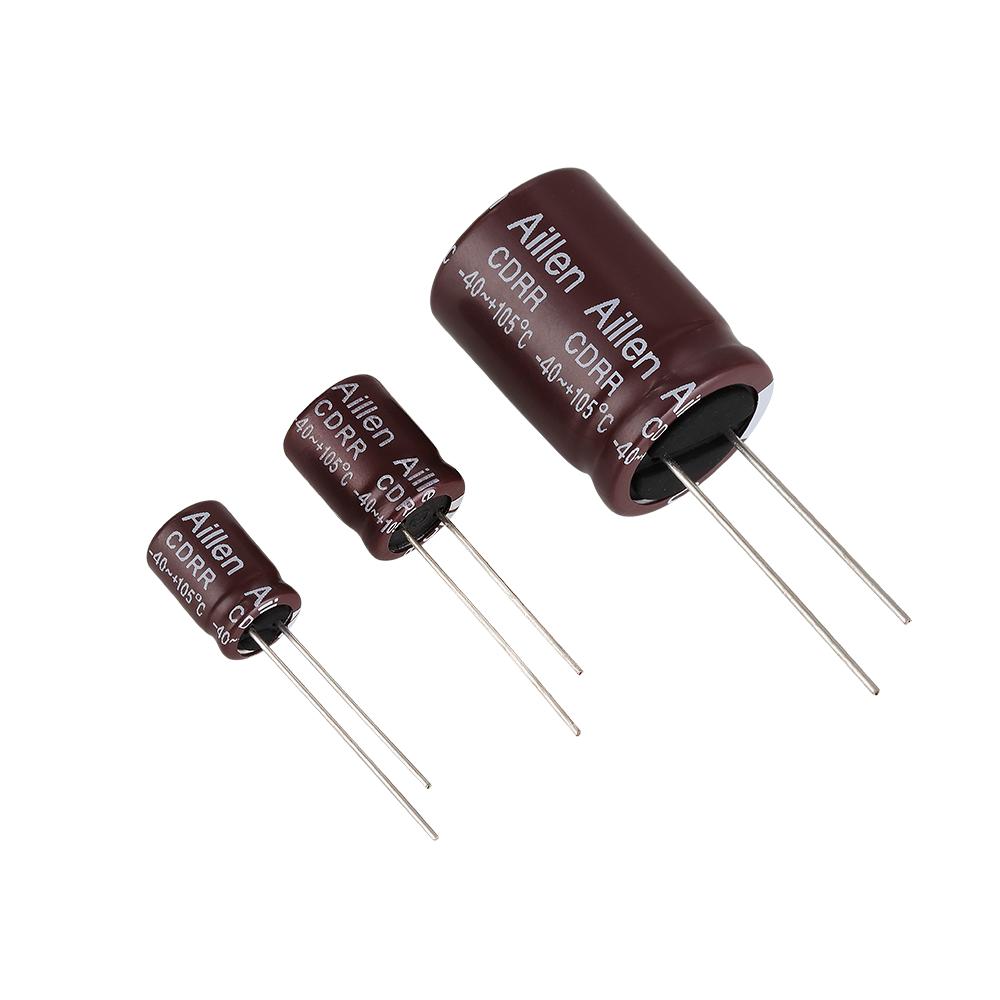
Capacitors play an important role in circuits such as tuning, bypassing, coupling, and filtering. With the rapid development of electronic information technology, the update speed of digital electronic products is getting faster and faster. The sales of consumer electronic products such as flat-panel TVs (LCD and PDP), notebook computers, digital cameras and other products continue to grow, which drives capacitors. Industry growth. So what is the main function of the capacitor?
1. Bypass
The bypass capacitor is an energy storage device that provides energy for the local device. It can uniformize the output of the regulator and reduce the load demand. Just like a small rechargeable battery, the bypass capacitor can be charged and discharged to the device.
In order to minimize the impedance, the bypass capacitor should be as close as possible to the power supply pin and ground pin of the load device. This can well prevent the ground potential rise and noise caused by the input value is too large. The ground potential is the voltage drop at the ground connection when a large current glitch passes through it.
2. Decoupling
Decoupling, also known as decoupling. From the circuit point of view, it can be divided into the driving source and the driven load. If the load capacitance is relatively large, the drive circuit must charge and discharge the capacitance to complete the signal jump. When the rising edge is relatively steep, the current is relatively large, so that the drive current will absorb a large power supply current. The inductance and resistance (especially the inductance on the chip pins) will rebound. This current is actually a kind of noise compared to normal conditions, which will affect the normal operation of the previous stage. This is the so-called "coupling".
The decoupling capacitor acts as a "battery" to meet the change of the drive circuit current, avoid mutual coupling interference, and further reduce the high-frequency interference impedance between the power supply and the reference ground in the circuit.
Combining bypass capacitors and decoupling capacitors will make it easier to understand. The bypass capacitor is actually decoupled, but the bypass capacitor generally refers to high-frequency bypass, that is, to provide a low-impedance discharge path for high-frequency switching noise.
High-frequency bypass capacitors are generally relatively small, usually 0.1μF, 0.01μF, etc. according to the resonance frequency; while the capacity of decoupling capacitors is generally larger, which may be 10μF or greater, depending on the distribution parameters in the circuit and the change in drive current to make sure.
Bypass is to take the interference in the input signal as the filtering object, and decoupling is to take the interference of the output signal as the filtering object to prevent the interference signal from returning to the power supply. This should be their essential difference.
3. Filter
In theory, the larger the capacitance, the smaller the impedance, and the higher the passing frequency. But in fact, most of the capacitors over 1μF are electrolytic capacitors, which have a large inductance component, so the impedance will increase when the frequency is high. Sometimes you will see a large electrolytic capacitor with a small capacitor in parallel. At this time, the large capacitor filters low frequencies and the small capacitor filters high frequencies.
The function of the capacitor is to pass the AC to block the DC, and pass the high frequency to block the low frequency. The larger the capacitance, the easier it is for high frequencies to pass. Specifically used in filtering, a large capacitor (1000μF) filters low frequencies, and a small capacitor (20pF) filters high frequencies. Some netizens have vividly compared the filter capacitor to a "pond."
Since the voltage at both ends of the capacitor will not change suddenly, it can be seen that the higher the signal frequency, the greater the attenuation. It can be said that the capacitor is like a pond and will not change the amount of water due to the addition or evaporation of a few drops of water. It converts changes in voltage into changes in current. The higher the frequency, the greater the peak current, thus buffering the voltage. Filtering is the process of charging and discharging.
4. Energy storage
The energy storage capacitor collects the charge through the rectifier and transfers the stored energy to the output terminal of the power supply through the lead of the converter. Aluminum electrolytic capacitors with a voltage rating of 40-450VDC and a capacitance value of 220-150 000μF are more commonly used.
According to different power supply requirements, devices sometimes adopt series, parallel or combination forms. For power supplies with a power level of more than 10KW, larger tank-shaped screw terminal capacitors are usually used.
Previous: Four types of chip inductors